Before the palazzo there was Petersfield: The Hampshire cottage where Peggy Guggenheim learned to love the art world
Humble Yew Tree Cottage stands in stark contrast to the excesses of this great art collector, but was a formative period in her life and is the subject of a new exhibition.
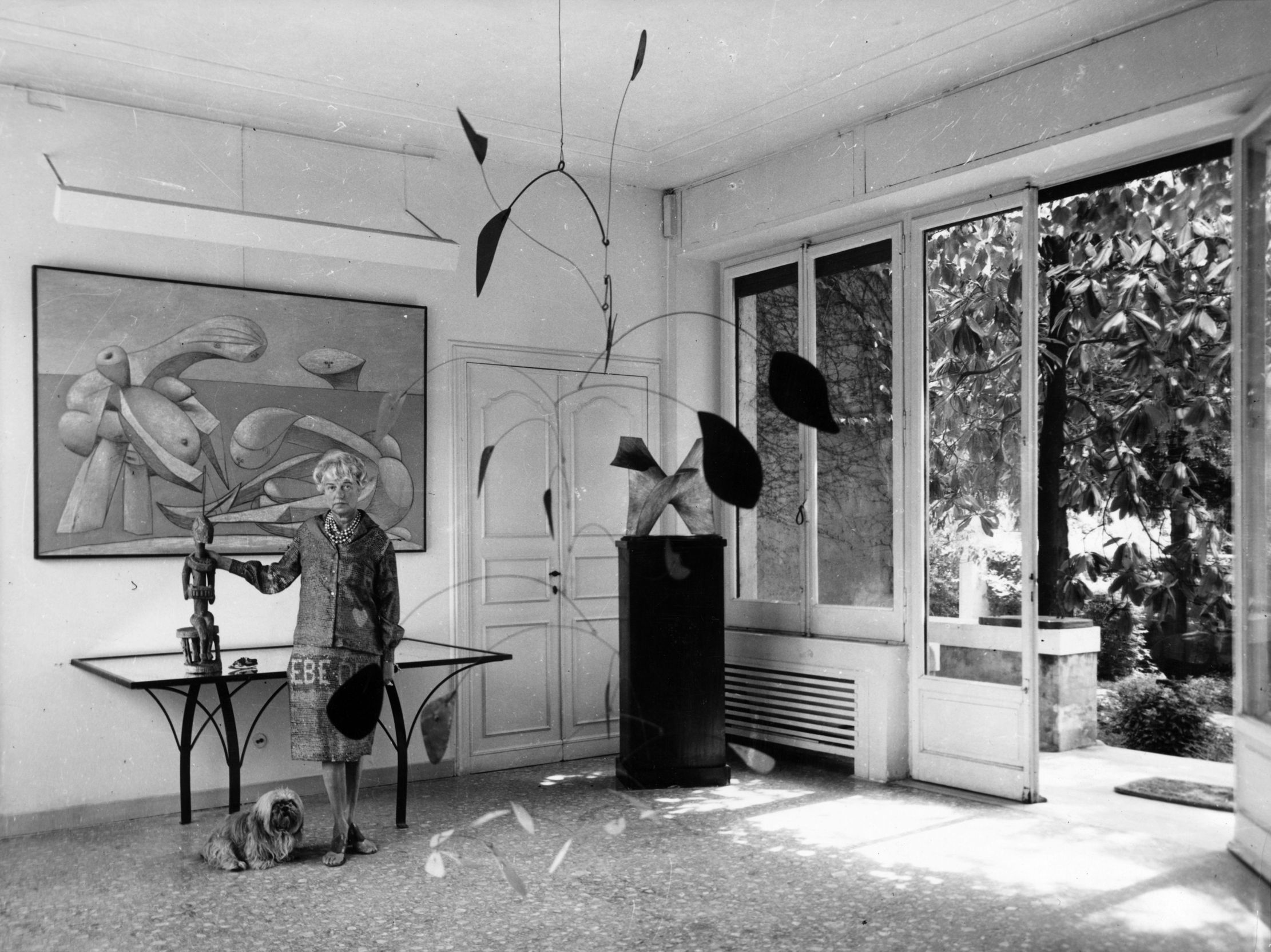
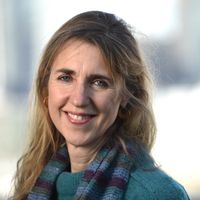
Three miles south of Petersfield, on the boundary of Hampshire and Sussex, stands a 2,000-year-old yew tree, one of the largest in a domestic setting. For centuries, it has shaded the former Yew Tree Cottage, now Hurstfield House, a picturesque patchwork of timber-frame ranges dating from the 15th century.
It’s difficult to imagine an occupant less likely for this unpretentious dwelling than the American heiress Peggy Guggenheim (1898–1979), doyenne of avant-garde art. Yet, in 1934, she bought it for £1,850 and immersed herself in the one truly domestic phase of her unconventional life. With its low beams, small-paned windows and inglenook fireplace, the cottage was a far cry from the Parisian apartments, Manhattan duplexes and Venetian palazzi that were her customary abodes, but Peggy shipped over her Venetian furniture from Paris, ordered sheepskin rugs from Suffolk and settled into English rural life.

A particular attraction was the setting: ‘The whole countryside seemed to be a part of it. It was at the foot of the downs, but we were actually in a valley and we had a stream running through our garden, which was all sloping,’ she wrote. She loved the woods ‘filled with wild garlic and later with bluebells, campion and irises… the heavenly cry of the cuckoo and at night there were nightingales’.
Peggy’s five years at Yew Tree Cottage marked a turning point in her life. She arrived desolate from the recent death of her greatest love, John Holms, still searching for some direction and hoping perhaps to find catharsis through her new liaison with Douglas Garman, a Marxist publisher and poet. Brought up in New York among the Jewish haute bourgeoisie, she’d experienced early unhappiness and the tragic deaths of her father and sister.
‘In a sense I really have never recovered,’ she wrote of Benjamin Guggenheim’s loss on RMS Titanic. ‘I suppose I have been searching for a father ever since.’ She would go on to have a torturous marriage to the collage artist Laurence Vail, father of her two children, Sinbad and Pegeen, a short marriage to the Surrealist Max Ernst and countless affairs, often falling recklessly for married, heavy-drinking artists and intellectuals.
Peggy first came to West Sussex in the spring of 1934, when Garman took her to visit his mother in South Harting and persuaded her to rent Warblington Castle, a manor house by an old tower near Havant, for her children’s summer holiday. In her unorthodox memoir, Out of This Century, she records that ‘there was one little Elizabethan cottage for sale and Garman made me buy it’. Her next sentence reads drolly: ‘Soon after this step I decided to commit suicide. I was still so unhappy about John. I therefore put the house in Garman’s name as I intended to die. Of course I didn’t and I went to live in the house instead.’
'Peggy, who considered cricket "exceedingly dull", preferred reading and music. She had a piano, an HMV gramophone and a good collection of books'
For a while, she lived there with Pegeen and her ‘darling little Italian maid’, but then Garman moved in with his daughter Debbie. The girls became like sisters and attended Winton House Preparatory School in Petersfield, together with Garman’s niece Kitty. (He had seven sisters, the subjects of Cressida Connolly’s book The Rare and the Beautiful. Kitty was the daughter of Kathleen with Jacob Epstein and would become Lucian Freud’s first wife.) The children took ballet lessons, put on plays, hunted for birds’ nests and swam in the pond. One evening on the Downs, they found ‘dozens and dozens and dozens of glowworms, and we picked them up in our handkerchiefs and brought them back to light up the river,’ recalled Peggy. She bought a horse and a new Delage car and enjoyed long walks with her Sealyham terrier.
Exquisite houses, the beauty of Nature, and how to get the most from your life, straight to your inbox.
Garman extended the cottage and installed ‘perfect furniture and glazed chintz hangings’. A noisy generator provided electricity, but ‘water was a daily problem’, as the lakeside pump engine was troublesome. He built a garden study and a tennis court, laid lawns and flowerbeds and made a cricket pitch for Sinbad, who became captain of the Bedales team.
Peggy, who considered cricket ‘exceedingly dull’, preferred reading and music — she had a piano, an HMV gramophone and a good collection of books. The gardener, Jack, had introduced his fiancée as cook, but her repertoire was so limited that Peggy learnt via a friend. It’s a touching story that inspired Bethan Roberts’s novel The Good Plain Cook, with Peggy, who had only ever scrambled eggs, proving the better cook. From then on, they dined on ‘the most delicious paellas and boeuf en daubes and Spanish omelettes, onion soups, coq au vin and chicken in sherry’.
She shopped regularly in Petersfield, where she sold her mother’s silver at the jeweller’s. There were weddings and some socialising, but ‘the gentry did not call on us, thank God,’ quipped the legendary party-giver. Instead, she hosted literary friends, such as Samuel Beckett and Antonia White, and, later, the Dadaist and Surrealist artists Jean Arp and Yves Tanguy. Arp was ‘very domestic about the house [and] loved the little Sussex churches’. A less charming encounter was with the law — Peggy was charged for driving without a licence at the former courthouse (now part of Petersfield Museum and Art Gallery, where head of collections Louise Weller has unearthed much material relating to Peggy’s Downs sojourn).
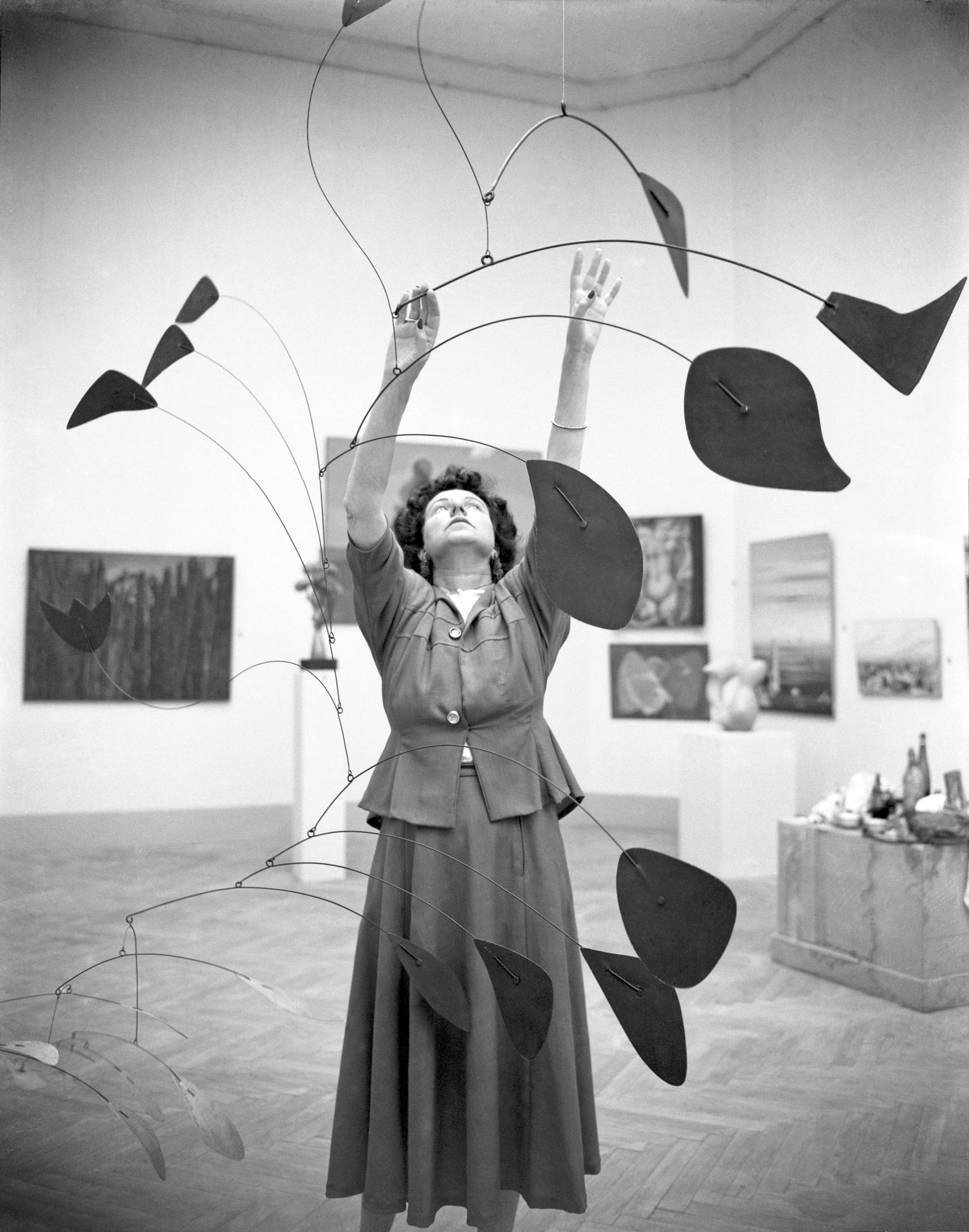
Inevitably, the attractions began to fade. Winter, ‘with nothing to do but remain indoors, or take walks in the mud’, made Peggy feel lonely and depressed; she would sit shivering in bed in fur gloves, reading Proust. She fancied she wanted another baby and urged Garman to marry her, yet was stifled by his Communist fervour, started drinking and provoking rows. Their break-up was protracted, but, by 1937, they had separated and she’d entered into a strange relationship with Beckett.
A friend urged her to get involved with something engrossing that would put her in contact with stimulating people. ‘Little did I dream of the thousands of dollars I was about to sink into art,’ Peggy later reflected. She visited the 1937 Paris Exposition, befriended Tanguy and André Breton and decided to establish a London gallery. Guggenheim Jeune opened a year later, with Marcel Duchamp as chief advisor. Cocteau, Tanguy, Kandinsky and Tunnard would all have solo shows here; Mondrian dropped by, but only to ask Peggy if she could recommend a good nightclub for dancing. Later, she would turn the collection she had amassed into a museum — Venice’s Peggy Guggenheim Collection — which celebrates its 75th anniversary this autumn.
In a sense, Peggy’s life had just begun, but she never lost her fondness for the English countryside. She left for France in August 1939 ‘never dreaming I was saying goodbye to Yew Tree Cottage forever’. Shortly before her death, she confided that, if she hadn’t chosen Venice in 1949, it was there she would like to have lived.
‘Peggy Guggenheim: Petersfield to Palazzo’ is at Petersfield Museum and Art Gallery, Petersfield, Hampshire, June 15–October 5

Celebrating the act of looking and drawing from life: New English Art Club presents latest annual exhibition
Created to counteract the 'stuffiness' of the Royal Academy, the New English Art Club nurtured and encouraged some of Britain's
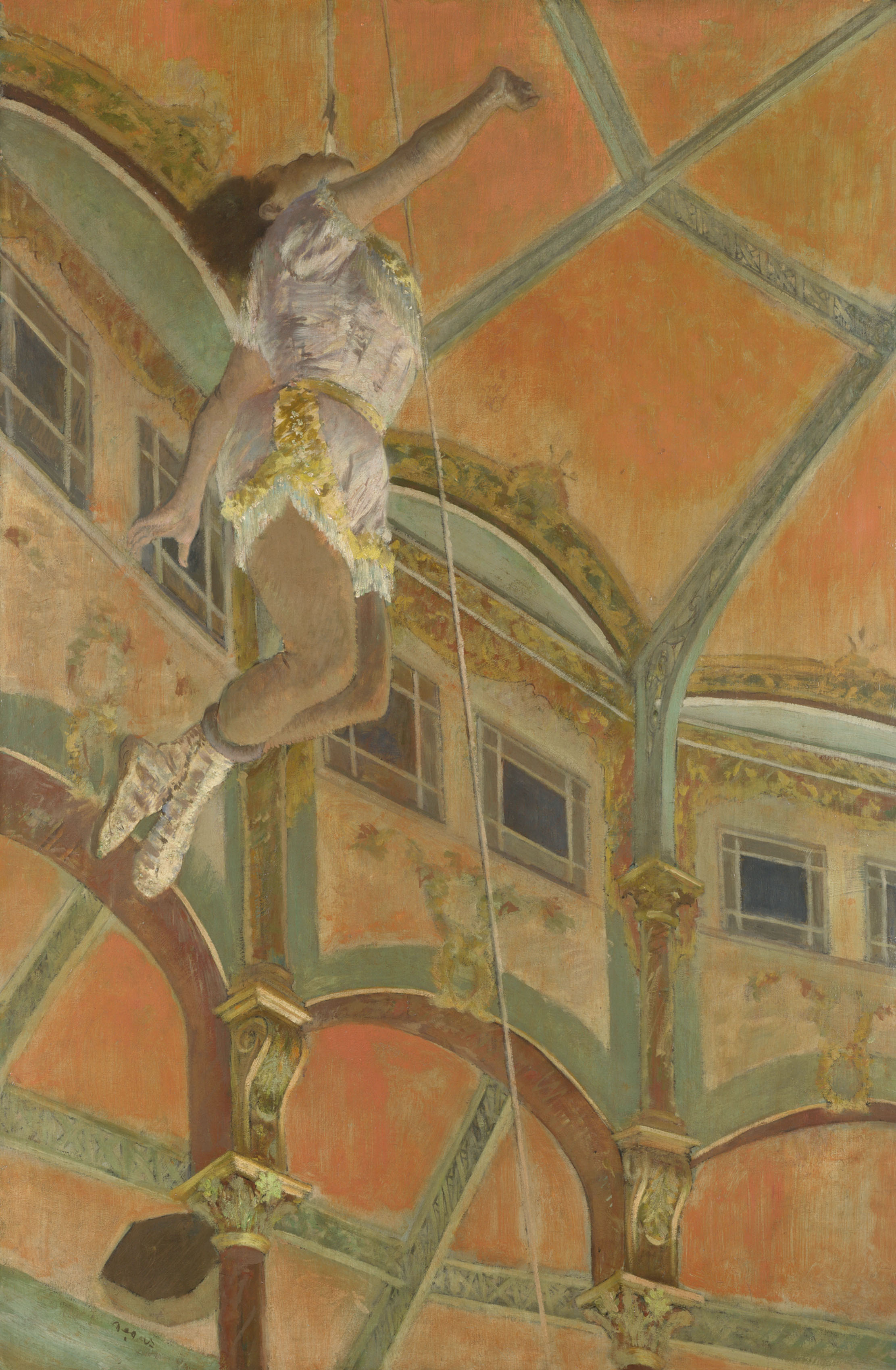
The circus performer who literally gritted her teeth to earn success and fame — and inspired one of the great Impressionist paintings of the 1880s
When Miss La La hoisted herself to the top of the circus tent by a rope clenched in her jaws,
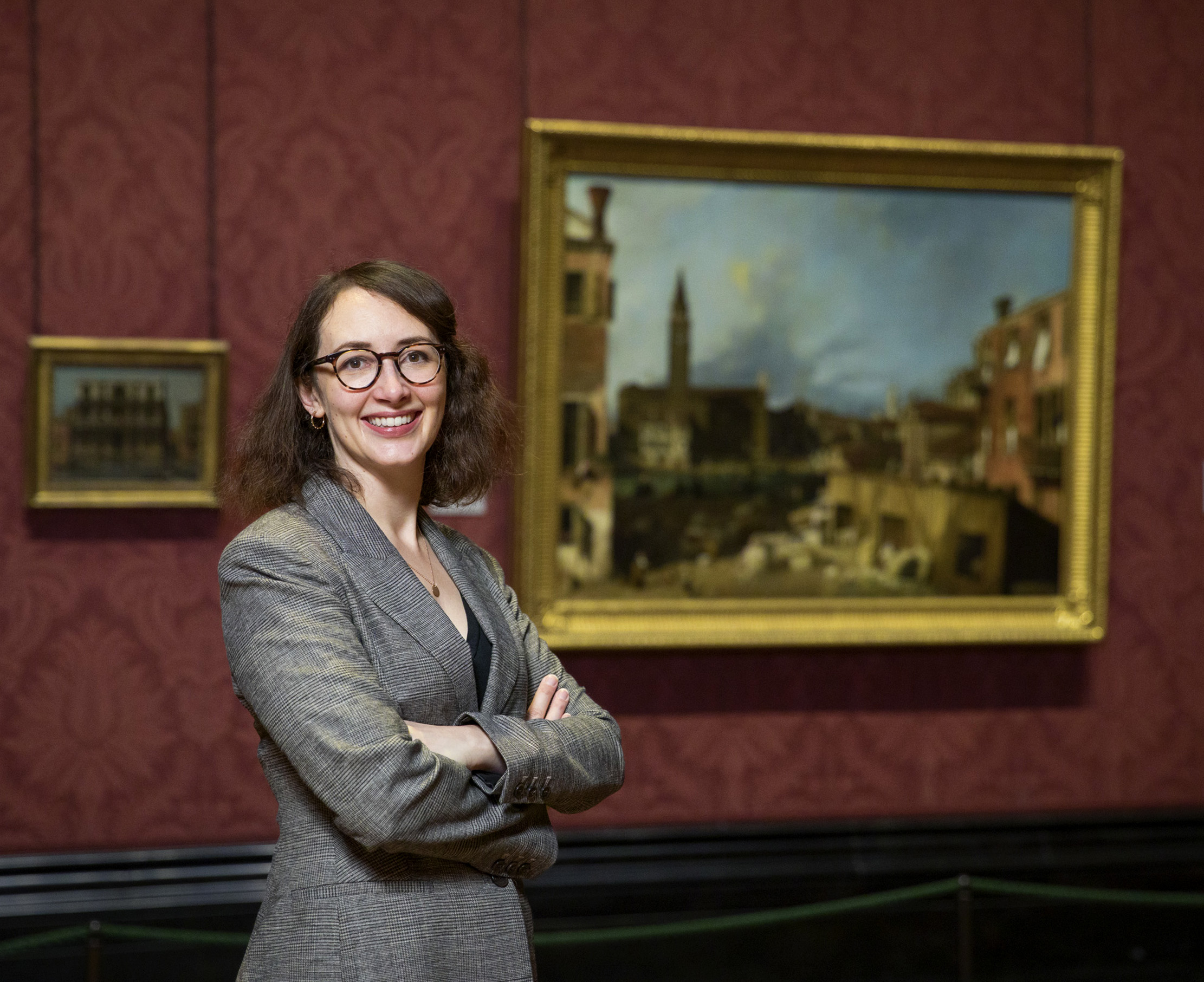
The 12 most iconic paintings in The National Gallery, by gallery curator Dr Francesca Whitlum-Cooper
Dr Francesca Whitlum-Cooper joins the Country Life Podcast to share how she and the team at the National Gallery picked

How a 20-year-old Leonora Carrington told off one of Surrealism's leading lights, and embarked on a career which has just seen her masterpiece go for $22 million
A densely-packed masterpiece by the brilliant Surrealist artist Leonora Carrington has just set a record at auction. We take a
Mary Miers is a hugely experienced writer on art and architecture, and a former Fine Arts Editor of Country Life. Mary joined the team after running Scotland’s Buildings at Risk Register. She lived in 15 different homes across several countries while she was growing up, and for a while commuted to London from Scotland each week. She is also the author of seven books.
-
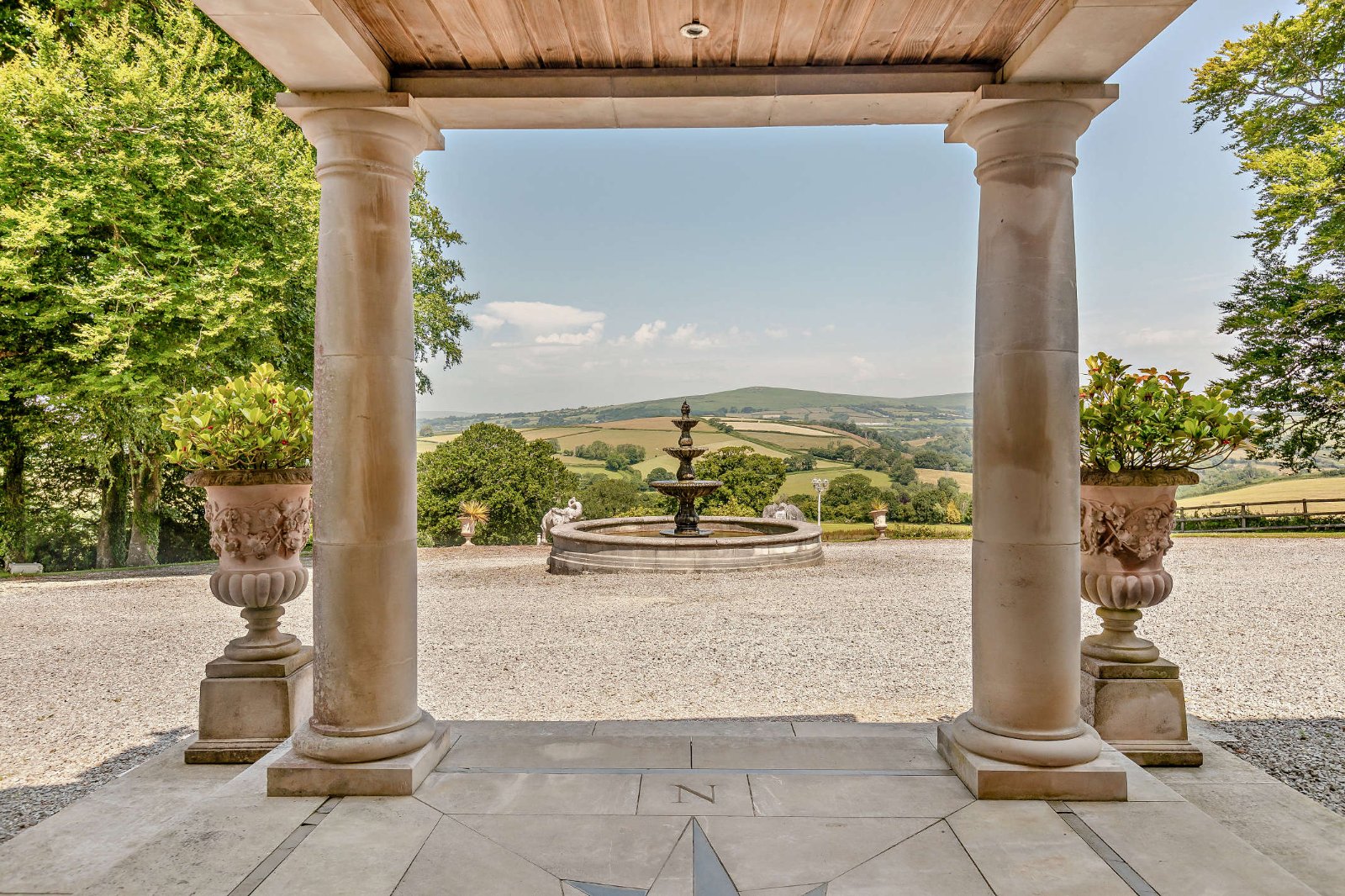 18 country houses across Britain, from £400,000 to £4 million, as seen in Country Life
18 country houses across Britain, from £400,000 to £4 million, as seen in Country LifeOur look at the homes to come to the market via Country Life this week picks out a charming Kent cottage and an Arts and Crafts house in Leicestershire.
-
 The greatest flowers make the greatest art
The greatest flowers make the greatest artA search for still-life subjects led Kate Friend to some of the greatest gardens and gardeners in the country
